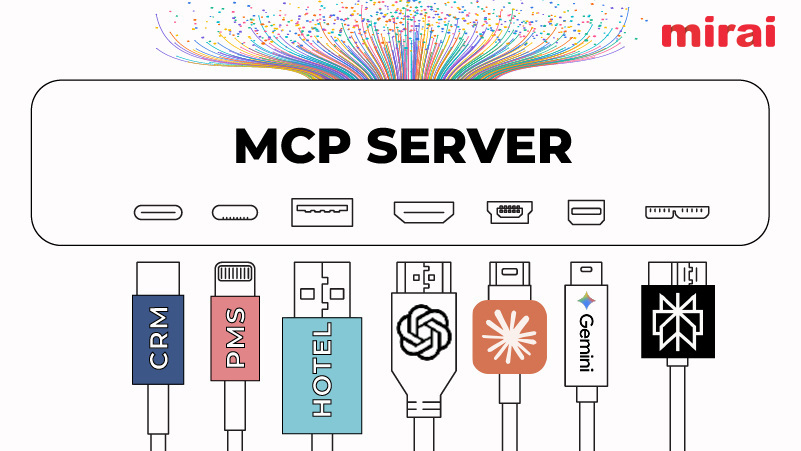
Many of the misunderstandings surrounding new technology tend to stem from a lack of a clear understanding of how the previous generation of technology actually works. Such is the case of the issue with cloud-based property management systems and their predecessors, the on-site PMS.
Let us examine some of the issues that hoteliers have when faced with making the switch:
What If the Internet Connection Drops?
This tends to be the first concern associated with Internet-based services. But here’s the thing, the internet is one of the most reliable amenities you have at your disposal, even if you lose access to your connection you can still use a mobile device with 3G (a type of wi-fi that provides internet access via radio towers). In a sense comparing cloud and on-site solutions is much like comparing landline and mobile phones. Both objectively get the job done, but one offers infinitely more flexibility, along with a host of useful solutions and services.
In order to understand better why cloud PMS was needed in the first place, we should examine the issues that plague on-site PMS:
- Safety
On-site PMS is an information hazard. Hackers take advantage of the fact that hotels often provide little to no security of their guests’ data, making them desirable targets. This issue has made many guests wary of disclosing their credit card information, making on-site purchases more tricky, which cost the establishment additional revenue.
- Reliability & Price
Your on-site server requires regular maintenance and support, if not provided you could lose every piece of data ever collected. This means that you need a staff member who exclusively handles all IT matters and since having only one person be responsible for managing a server would be too risqué if they suddenly left your employment, you would probably need a junior staff member who would be at least partially versed in the tasks of maintaining the server. Hiring additional people to manage your servers adds to the cost of maintaining a more traditional database.




